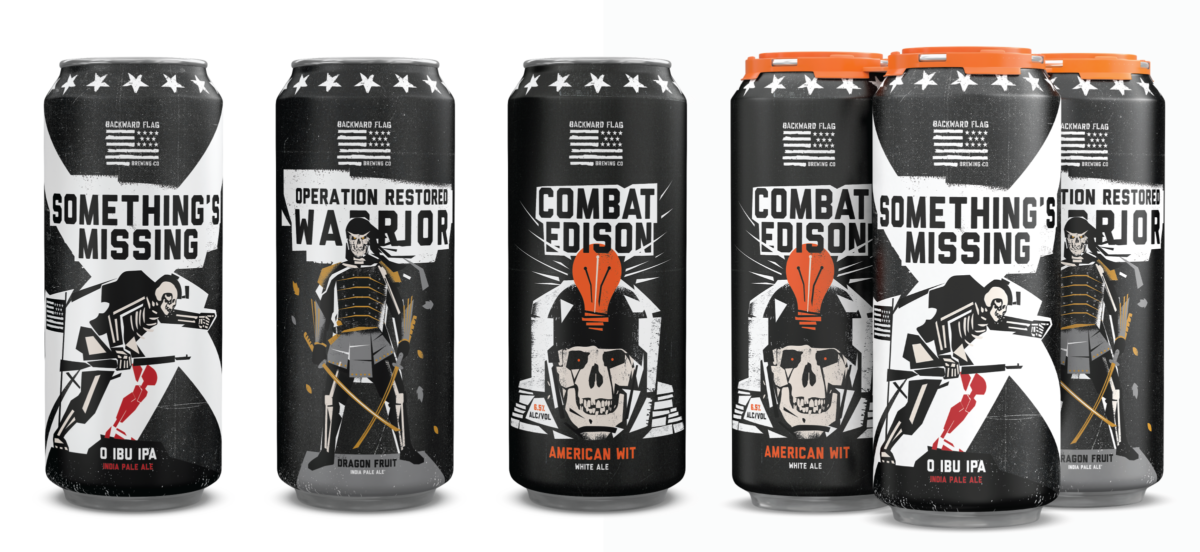Starting out, let’s get granular and break down exactly, at the most utilitarian level, what your packaging is supposed to do on shelf.
1. tell people what brewery made it
2. tell people what style it is
3. give them info on the specific beer (fanciful name / tasting notes / ABV)
4. carry requisite TTB / barcode / labelling warning info
Once we have those needs satisfied, we can begin to layer on more brand-focused goals.
1. give people a dose of your personality and brand voice
2. tell a deeper story about your brewery through fanciful names and copywriting
3. achieve billboarding on shelf (where individual packages visually “group” to increase shelf prominence)
4. be as environmentally-friendly as you can be
I wish I could give you one answer that works perfectly for every scenario. Your brand strategy, positioning, voice and competitive set should drive how you organize all of these elements. In some cases, maybe the brewery brand is the largest component on the can. In others, maybe it’s the fanciful name and style. Or a weird drawing of a walrus (YMMV).
Here’re a few standard approaches to consider for your brewery.
Templated Approach
This is a rigid system that differentiates between SKUs by changing colors, beer names, and not much else.
Positives: creates great billboarding on shelf / easier to kick out subsequent styles with little investment / faster turnaround times
Negatives: individual beers tend to run together / there are only so many colors out there / can become boring over time / has become a major trend over the last five years



Both Atlanta Brewing and Prost Brewing use colors to differentiate their SKUs on shelf. This approach works well when you have a strong and iconic brand mark to champion the packaging.
Completely Custom Approach
This is a looser, more traditional approach where each beer has it’s own unique personality, colors, and illustration component.
Positives: colorful and full of personality / opportunity for deeper storytelling
Negatives: may not be as cohesive as a more templated approach / longer turnaround times and added expense to release subsequent beers / more challenging to maintain consistency of style over time (with different design partners, print vendors, shifting consumer trends, etc.).





